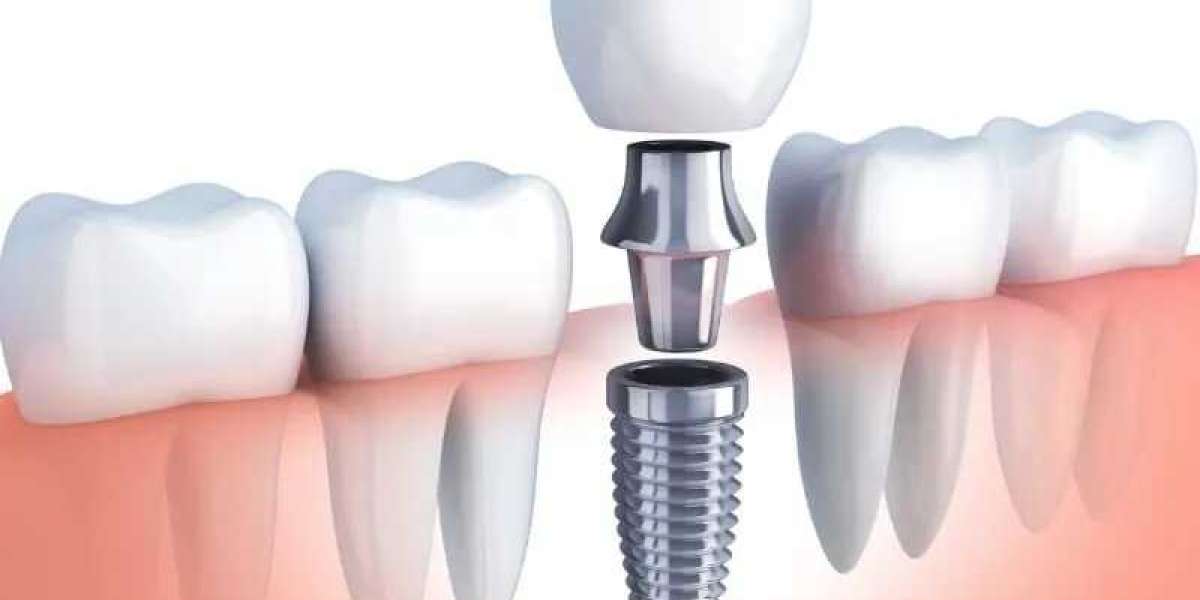Understanding Body Composition
One of the key advantages of utilizing bioelectrical impedance analysis (BIA) in the fitness industry is its ability to provide a comprehensive understanding of an individual's body composition. BIA measures the distribution of water, muscle, and fat in the body, offering valuable insights into overall health and fitness levels. By analyzing these components, fitness professionals can tailor personalized workout and nutrition plans to help clients achieve their goals effectively.
Accurate and Non-Invasive
Unlike traditional methods such as skinfold calipers or hydrostatic weighing, BIA is a non-invasive and quick way to assess body composition. This means that clients can undergo regular assessments without discomfort or inconvenience. Moreover, BIA provides accurate results, allowing fitness professionals to track changes in body composition over time and make necessary adjustments to training programs for optimal results.
Customized Fitness Plans
By incorporating BIA into fitness assessments, trainers can create customized fitness plans that are tailored to individual needs and goals. The data obtained from BIA measurements can help identify areas of improvement, such as muscle mass development or fat loss, enabling trainers to design targeted workouts that address specific concerns. This personalized approach enhances the effectiveness of training programs and increases the likelihood of achieving desired outcomes.
Monitoring Progress and Goal Setting
Another significant benefit of using BIA in the fitness industry is its role in monitoring progress and setting realistic goals. By regularly analyzing changes in body composition through BIA measurements, both trainers and clients can track improvements in muscle mass, fat percentage, and overall fitness levels. This data-driven approach not only motivates clients to stay committed to their fitness journey but also allows for adjustments to be made to ensure continuous progress towards set goals.
In conclusion, the utilization of bioelectrical impedance analysis (BIA) in the fitness industry offers a multitude of benefits that contribute to enhanced training outcomes and client satisfaction. From providing insights into body composition to facilitating personalized fitness plans and monitoring progress, BIA plays a crucial role in optimizing fitness programs and achieving desired results. By harnessing the power of BIA technology, fitness professionals can revolutionize the way they approach training and empower clients to reach their full potential.








